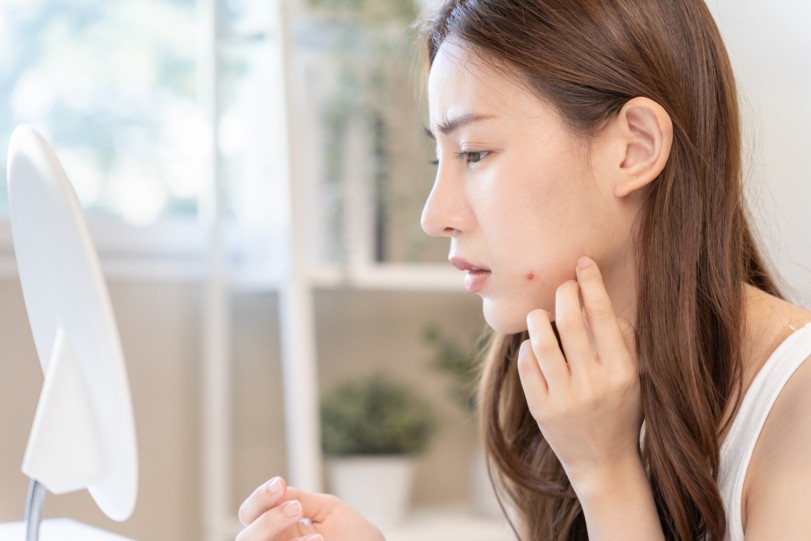
There are many skincare products made for the face that are formulated with salicylic acid. This beauty agent has several uses for the face, but it comes with warnings, too.
Salicylic Acid Used on Your Face
Salicylic acid is a beta-hydroxy acid known for its acne-fighting properties.
It is incorporated in various products like cloth, cream, lotion, liquid, gel, ointment, wipes, pads, and patches. It also comes in different strengths, including prescription-only options, and its frequency of use depends on the condition and product.
Uses of Salicylic Acid
It is used topically to treat pimples and skin blemishes on the face, but it has other uses for the rest of the body, such as treatment for dandruff and calluses.
It works by reducing swelling and redness, unplugging blocked skin pores, and softening and loosening dry, scaly, or thickened skin.
Salicylic acid exfoliates skin, unclogs pores, and reduces sebum by loosening and dissolving affected skin cells. Its deep-cleansing properties make it beneficial for oily skin and aid in the absorption of other active ingredients.
Salicylic acid's multifaceted benefits make it a valuable addition to skincare routines.
Warnings to Look Out For
Before using topical salicylic acid, it is crucial to consider several precautions.
First, check interactions and adverse reactions. Inform your doctor if you are allergic to salicylic acid, other medications, or any ingredients in salicylic acid products. It is also important to inform your doctor about all medications, vitamins, supplements, and herbal products you are taking, as they may interact with salicylic acid.
Avoid applying abrasive soaps, alcohol-containing skincare products, or other medications like benzoyl peroxide to the treated skin, as this may cause irritation. People with diabetes, diseases in the blood vessels, kidney, or liver should also consult their doctor before use.
Pregnant women and those breastfeeding should avoid salicylic acid, and it should not be used on children or teenagers with chickenpox or the flu due to the risk of Reye's syndrome.
Additionally, avoid contact with mouth, nose, and eyes, and do not use the ingredient on broken, red, swollen, irritated, or infected skin.
If you experience any severe side effects such as rapid breathing, difficulty breathing, or severe stomach pain, seek immediate medical attention.
When starting, apply a small amount to a small area to check for adverse reactions.
If your skin seems like it is worsening during the first few uses, it might be adjusting to the formulation, and results may take weeks to show. But if there is any doubt, consulting your doctor would assure you if you are indeed on the right path with your skincare.

